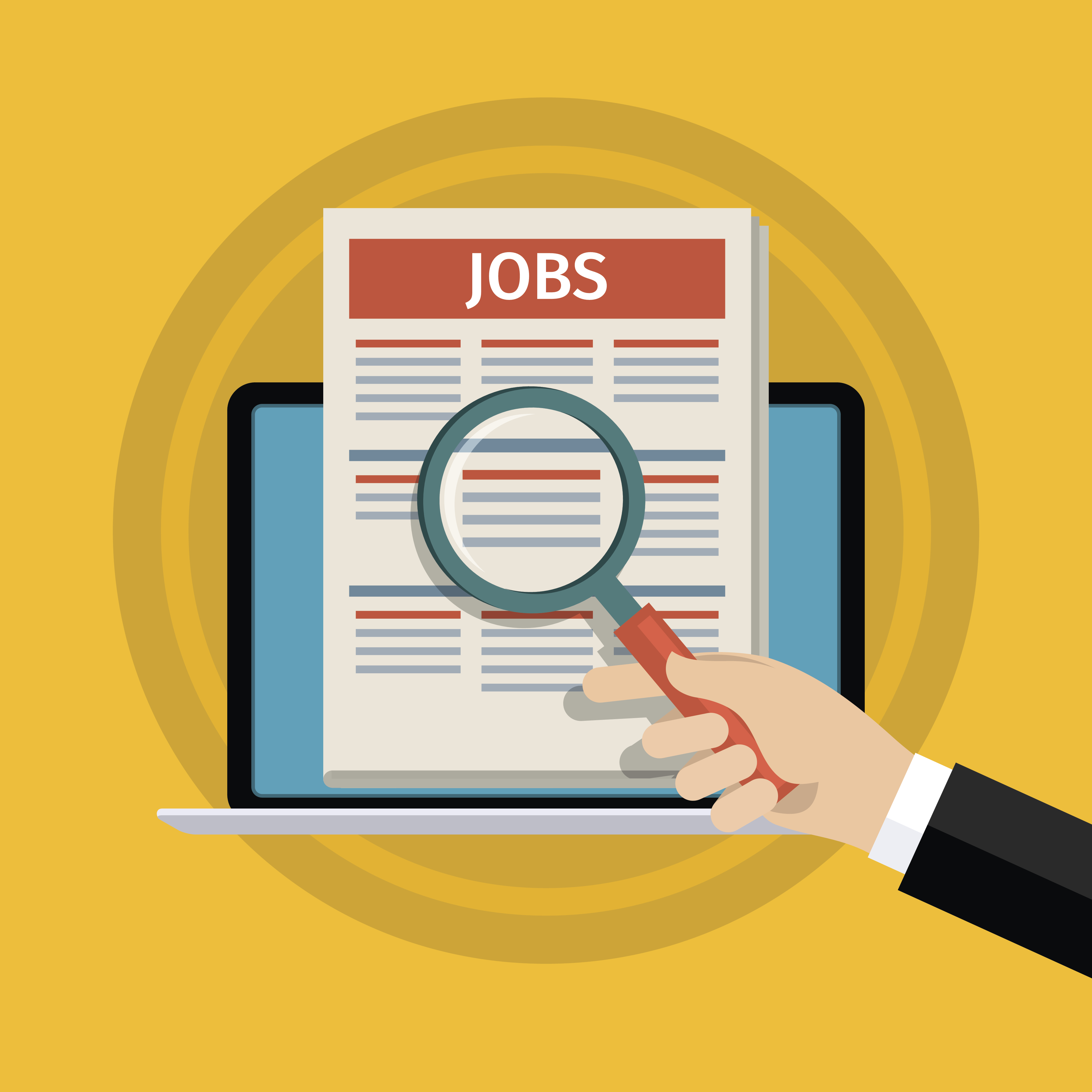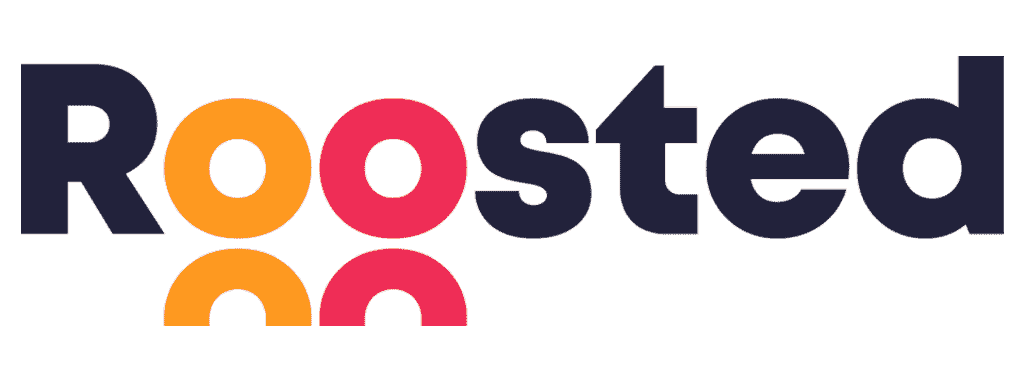Your company's job description can make or break your hiring process
Finding the right people to staff your event starts before the first interview ever takes place. A quality job description is essential in attracting qualified applicants quickly.

Writing Quality Job Descriptions: 6 Tips to Attract the Right Candidates
For event-based companies, having the right people at the right time (and having enough of them) is critical to your success. A quality job description goes a long way towards getting the right applicants in your door.
Whether you’re looking for a seasonal crew, non-profit event staff or stage labor for an upcoming show, when you need more people scheduling interviews and getting new staff hired quickly takes priority. However, hiring the right applicant starts long before the interview. Don’t let your company’s job posting be an afterthought.
Staffing expert Diane Domeye, executive director of The Creative Group, put’s it this way:
“A well-written job description can mean the difference between a trickle or a flurry of qualified applicants. Conversely, a poorly written job description can significantly expand the quantity of unqualified applicants. Writing a good job description requires an ability to prioritize essential skills and qualities while also ‘selling’ your company to job seekers.”
A job description is a potential employee’s first introduction to your company - they want to see what sets your company apart and self-assess if they’d be a good fit. Regardless of the role you’re hiring for - long-term management, an hourly position, or short-term crew member - a good job description should be more than just a stale list of responsibilities. Yes, it should explain what the job is and what is expected of the potential employee. However, it should also convey the company culture and attract the types of personalities you want to work for you.
So without further ado, here are 6 tips to crafting a well-written job description:
1. Create an outline
Pre-planning can feel a bit tedious when you have limited time to fill positions, but I promise it’s not a waste of time. An outline is the roadmap that will keep you on track. By laying out what you need before you start typing, you won’t forget any important details. You’ll also avoid sharing the same information over again which looks messy.
To get started, think of key things a potential hire would need to know about the company and role. Then create a list of the job functions, skills, and requirements needed or preferred for the position. It’s OK to include more in your outline then what actually ends up in the description. Get everything written down then go through and remove anything that is unimportant, repetitive or redundant.
After you have an idea of what you want to say, be mindful of how you lay the information out on the page. Remember to “put first things first”. Put the most relevant information near the top. When listing requirements or skills order them on the page in the order of how essential they are for the role. Don’t assume job seekers will read every bullet point - most people are applying for many jobs and are so used to repetitive job descriptions that they tend to skim - so make sure the top few points are the most important.
2. Use a voice that speaks to your audience
The way you write matters as much as what you write. The tone of your job description should reflect your company goals, culture, and the personality of your existing employees. You want to attract the type of candidate that will fit into your current company environment.
Write in "Plain English" and use a conversational, but professional tone. Your listing should utilize complete sentences, correct spelling, and good grammar - remember this is a reflection of your business. Avoid excessive business jargon or “fluff” words. Writing readable ad copy (and a job posting is a type of advertisement) means writing plainly.
As HR Tech Analyst Matt Charney writes:
"No one makes an emotional connection with company acronyms, industry keywords and bulleted lists. Formal language like “ideal candidate" or "top performer" can often hinder time to fill, time that could often be saved by simply addressing the person straight on, without all the fluff or purple prose."
Business jargon waters down your job description, feels inauthentic, and reduces readability - stay away from it.
3. Write short and concise sentences
As mentioned, readability is key. When writing your job description get in, get to the point, and get out. Stay away from long compound or complex sentences. According to a study by the American Press Institute:
- When the average sentence length in a piece was fewer than eight words long, readers understood 100% of the story
- At 14 words, they could comprehend more than 90% of the information
- But move up to 43-word sentences, and comprehension dropped below 10%
For roles requiring lengthier descriptions, lean towards writing multiple shorter sentences, not longer compound sentences. To maximize comprehension keep your sentence length at around 8-15 words.
4. Format your paragraphs for readability
Not to be repetitive, but - like shorter sentences - writing concise paragraphs increases reader comprehension. Statistically, longer job descriptions don’t get any more traffic than shorter ones so save your time and keep it short. In fact, according to The Muse, “job posts containing less than 250 words get about the same amount of clicks as those over with 1000 words”. You’ll have plenty of time during training to get into the nitty-gritty details of the job. When writing your description just focus on getting the most pertinent information out there.
Formatting matters. Avoid creating a wall of text by using a combination of short paragraphs (think 2-3 sentences) and bullet-pointed lists. I typically recommend that around 25-30% of a job description be bullet points - this gives readers a break but doesn’t feel too robotic. Don’t repeat bullet points and be ready to edit yourself if you’re getting long-winded or bogged down by unimportant details.
5. Think Like a Search Engine
Most job searches start online so it’s crucial that your job description is easily accessible through an Indeed or Google search. To ensure the right folks are finding your listing, think in terms of SEO:
What will your ideal hire be searching for to find the jobs they’re qualified for? If you were searching for this type of job what search terms would you use?
Beware of abbreviations (“Senior” performs better in searches than “Sr” for instance) and make sure the job title is specific, intuitive, and clear. “Bartender” or “Event bartender” will outperform “Crew member” or “Event staff” and is more likely to get your description in front of the right job searchers. Include simple, relevant keywords such as industry phrases, brands and products when applicable.
Remember: while you want to engage Google’s algorithms, eventually an actual person will be reading your posting. A legible, human-sounding job description matters more than keyword density. In fact Google’s algorithms have been updated to prioritize quality content over quantity of keywords - gone are the days of just dumping a list of search-terms at the end of a listing.
I recommend typing your description without worrying about keywords, then go through and replace generic terms with more industry specific keywords where it sounds natural.
6. Tell the truth, always
While you want to sell the opportunity to the right candidate, part of finding the right candidate includes setting realistic expectations. Be honest about what you’re looking for and about what the day-to-day responsibilities look like.
If you’re looking for temporary event staff for a week-long event, be clear that this will not turn into a long term gig. If you’re looking for a committed bar back, don’t give the impression that you’re hiring a bartender. The only thing more costly than an unfilled position is employee turnover. And employees will not hesitate to walk if they feel misled about the nature of their new job.
It may be tempting to just post a hastily put-together job description as the event you need to staff is quickly approaching. But this process does not need to be tedious or drawn out to still be well-thought-out. Utilize these tips to quickly AND effectively write a quality job description to attract the right employees to your business.
Once you’ve successfully built your new crew, it's time to navigate the post-hiring process. Use Roosted to make managing staffing logistics a breeze. Manage your event scheduling, track employee performance metrics, utilize time tracking reports, and more.
Roosted can add value to the entire chain. Contact a Client Success Engineer for more advice on how we can support your business.
